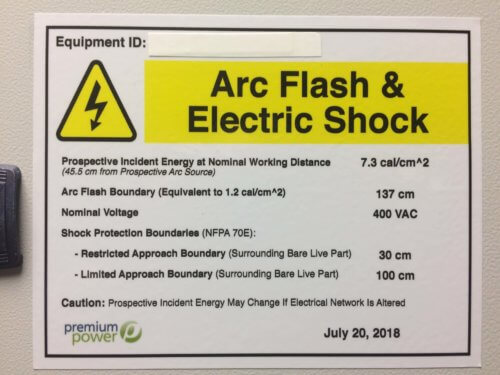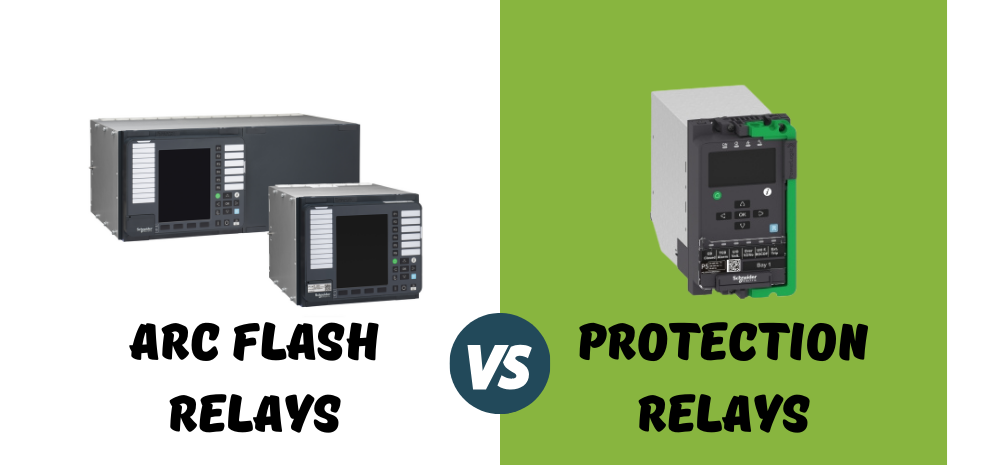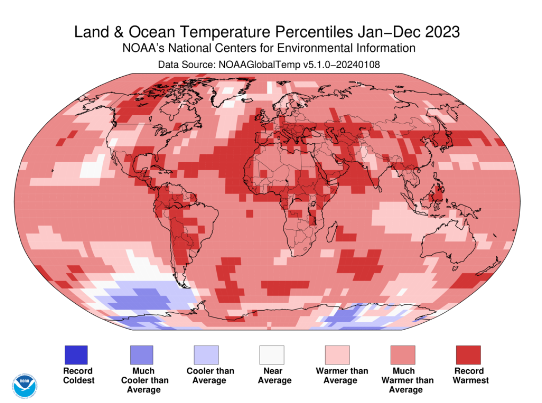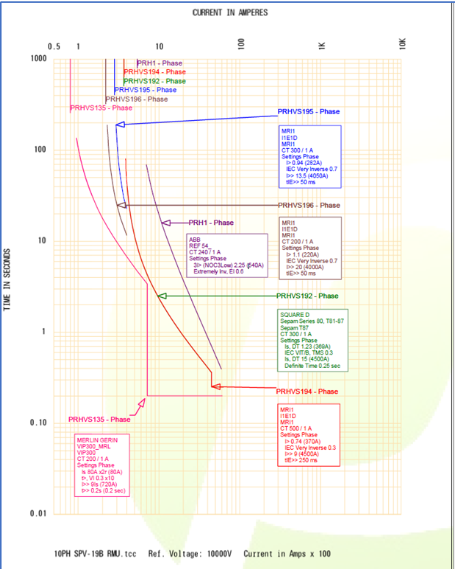The revised IEEE 1584 Guide for Performing Arc Flash Hazard Calculations was published on 30th November 2018, bringing many changes to the method of calculating prospective arc flash incident energy and arc flash boundary distances. The result will be improved accuracy of calculations, which will be of great benefit to operators of electrical installations.
The revision is the product of years of collaboration between the IEEE and NFPA, which notably included almost 2000 new arc tests. The IEEE 1584 formulae for calculating prospective arc flash incident energy and arc flash boundary distances have traditionally used correction factors derived from laboratory tests. However, up to this point, the tests (and by extension, the calculations) only involved arcs occurring between vertically-configured conductors, and a much more limited number of equipment classes. Now, recognising the influence of conductor configuration on the shape and direction of prospective flashovers and the corresponding incident energy, the new IEEE Guide takes account of the various possible conductor configurations, including horizontal, horizontal oriented towards the operator, conductors terminating in insulating material such as incomers to circuit breakers, etc.
Other significant changes include taking account of enclosure dimensions and actual system voltages instead of equipment voltage class, both of which are known to influence prospective incident energy.
All in, you’ll be pleased to know,that the new Guide provides a much more robust and accurate approach to ArcFlash Hazard calculations.
Contact Premium Power to learn more.
Pat MacNally, Compliance Manager
Read more about our Arc Flash Services here.













